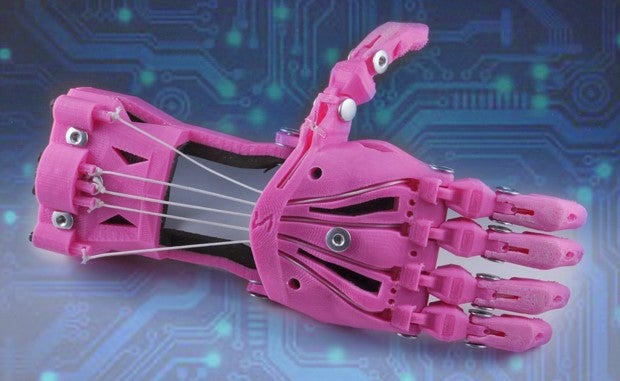

3 Ways 3D Printing Is Revolutionizing Health Care

3D printing is rapidly approaching a critical juncture in health care. The technology has shown success in improving surgical techniques through the development of organ models, bone and joint implants and precision instruments. Research is also underway to use the technology to manufacture medications, skin tissue and organs.
The number of hospitals with in-house 3D printing facilities also is growing. In 2019, 113 hospitals had centralized 3D facilities for point-of-care manufacturing, compared with just three in 2010, according to a Statista report. Meanwhile, the FDA has approved hundreds of medical products made with 3D technology, according to Pew Trust. The 3D printing health care market increased dramatically during the COVID-19 pandemic, when some hospitals relied on the technology for rapid rollout of personal protective equipment and medical devices.
These developments, along with the fact that medical device manufacturers are making ever greater use of 3D printing to drive down costs and more consistently meet supply demands have more provider organizations taking a closer look at the technology. And while questions remain about just how commonplace 3D printing will become in health care, reimbursement policies regarding these products and more, here are some of the top ways hospitals and health systems are benefiting from existing technology and how 3D printing might transform clinical care in the future.
How 3D Printing Is Impacting Clinical Care
3D printing creates a three-dimensional solid object from a digital model. The 3D printer creates the object by reading a digital blueprint and reproducing it layer by layer with filament and ultraviolet light.
One of the chief benefits of 3D printing is that it doesn’t require the cumbersome and costly equipment needed in traditional manufacturing, which greatly accelerates the speed of producing products. For example, 3D technology has reduced the production of hearing aids from more than one week to one day.
1 | Implants and Prosthetics
Dental implants were one of the first medically approved uses of 3D technology. Since then, the FDA has approved 3D technology to develop other complex implants. A 2021 study in the Journal of the American Academy of Orthopaedic Surgeons concluded that 3D printing has “significantly impacted bone and cartilage restoration and has the potential to completely transform how we treat patients with debilitating musculoskeletal injuries.”
Others note that 3D technology can improve how prosthetics fit and function. The technology has become accessible and affordable and some are using it to create their own limbs. e-NABLE, a global community of volunteers, has created more than 8,000 prosthetic hands and arms for people worldwide.
2 | Anatomical Models
3D printers can produce highly accurate and detailed anatomical models, assisting surgeons in preparing for complex procedures, improving outcomes and reducing costs. For example, in 2022, researchers at Florida Atlantic University and the University of Virginia designed a robotic model of the human spine to help surgeons predict how interventions would perform before surgery. Results of a study on the replica showed that the system can determine the candidacy of disc implants in five distinct postures with 100% accuracy.
A 2020 study in Academic Radiology reported that using 3D anatomic models as surgical guides reduced surgical time by a mean of 62 minutes, resulting in a cost savings of $3,720 per case. Another 2021 study concluded that lengthy surgeries were reduced between 1.5 to 2.5 hours when 3D-generated anatomical models were used as guides.
3 | Medical Equipment
Fabrication of customized medical devices — including forceps, clamps, hemostats and retractors — are among the most common medical uses for 3D printing. A key benefit is that precise design modifications can be made rapidly based on surgeon feedback.
The technology is playing an instrumental role in the increased need for the rapid deployment of medical equipment, helping to mitigate supply chain challenges. A team from Oregon Health & Science University responded to the recent global shortage of ventilators by developing a low-cost version that can be produced using 3D-printing technology. The ventilators can be replicated for less than $10 worth of material.
The Future of 3D Printing
In 2019, bioengineers at the University of Washington School of Medicine and the UW College of Engineering developed a breakthrough 3D technique for bioprinting tissues, as reported by ScienceAdvances. This success, along with 3D techniques created by the University of California Berkeley and other institutions, show promise in producing on-demand living body tissue, blood vessels, bones and organs.
Although 3D printing presents significant opportunities for clinical innovation, many institutions are challenged by reimbursement and safety issues related to integrating the rapidly evolving technology into the highly regulated field. Among the issues that still need to be resolved are:
- What will reimbursement models be for 3D printing services and products?
- Do the benefits of establishing in-house 3D manufacturing facilities outweigh startup costs?
- How will FDA regulatory scrutiny pivot to meet the demand for 3D products?
- What products fall outside of FDA oversight and what potential risks might they present for patient safety?



